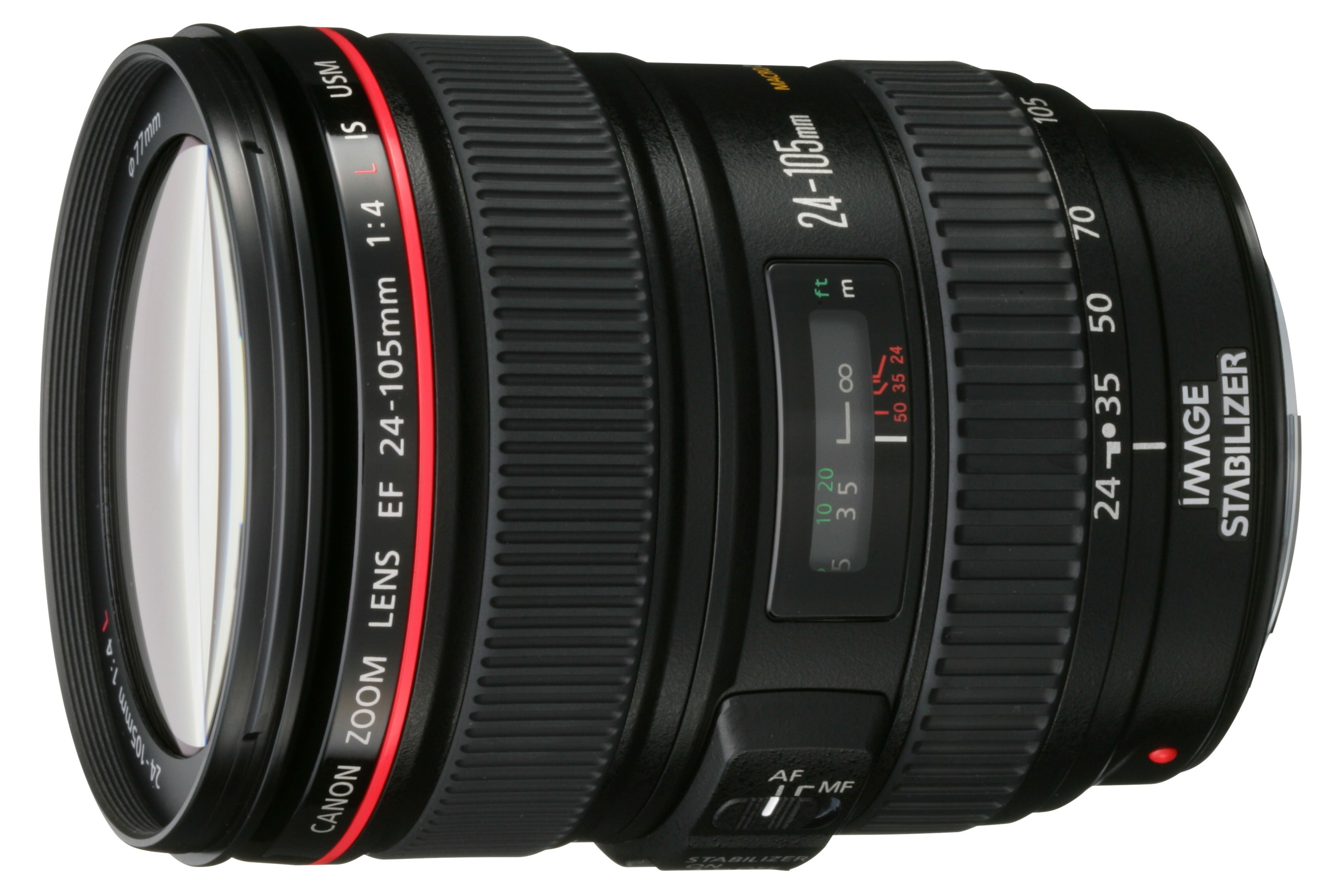
Canon EF 24-105mm f/4L IS USM review
-
-
Written by Gordon Laing
Quality
Canon EF 24-105mm resolution, tested with EOS 5D
To measure resolving power we photographed the Enhanced Digital Camera Resolution Chart with each lens set to f8 using a Canon EOS-5D in Aperture Priority mode. The 5D was set to Large Fine JPEG mode and the Standard Picture Style. Check the captions for the individual focal lengths used.The crops are taken from the originals and presented here at 100%. Each number represents 100 lines per picture height (lpph), so a figure of 18 means a resolution of 1800 lpph.
Canon EF 24-105mm f/4L IS USM | Canon EF 24-70mm f/2.8L USM | |
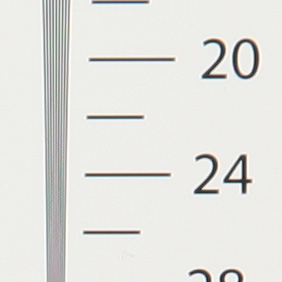 |  | |
2300 lpph, 24-105mm at 70mm, f8, 100 ISO | 2350 lpph, 24-70mm at 70mm, f8, 100 ISO | |
Canon EF 17-40mm f/4.0L USM | Canon EF 85 mm f/1.8 USM | |
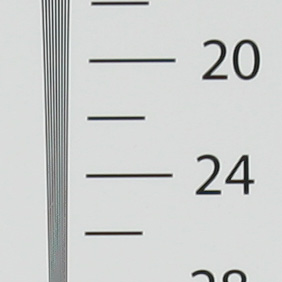 | 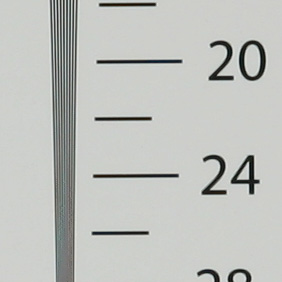 | |
2400 lpph, 17-40mm at 40mm, f8, 100 ISO | 2400 lpph, 85mm, f8, 100 ISO |
Canon EF 24-105mm f/4L IS USM | Canon EF 24-70mm f/2.8L USM | |
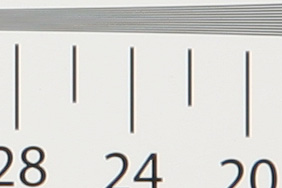 |  | |
2300 lpph, 24-105mm at 70mm, f8, 100 ISO | 2300 lpph, 24-70mm at 70mm, f8, 100 ISO | |
Canon EF 17-40mm f/4.0L USM | Canon EF 85 mm f/1.8 USM | |
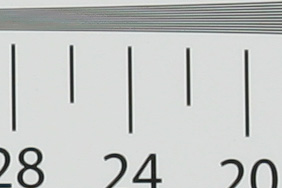 | 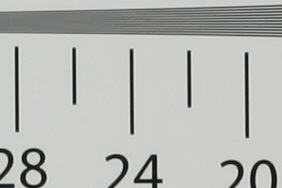 | |
2350 lpph, 17-40mm at 40mm, f8, 100 ISO | 2300 lpph, 85mm, f8, 100 ISO |
Canon 24-105mm results continued…
Canon EF 24-105mm corner sharpness, tested with EOS 5D
Each lens was tested at its widest and longest focal lengths and with various apertures using Aperture Priority mode. The crops are taken from the lower left corner of the chart and presented here at 100%. The wide angle crops show a larger area of the chart because the minimum focusing distances forced us to shoot from further away. No crops have been resized.
The story however changes once each lens is zoomed-in to its longest focal length. Here the EF 24-105mm is the softest of the group, while both the EF 24-70mm and EF 17-40mm deliver good results even with their apertures wide open. The EF 17-40mm is particularly impressive here, although other results with this lens focused to infinity show soft corners when zoomed-into 40mm – see our Canon EF 17-40mm review.The EF 24-105mm clearly out-performs the other two lenses on test in terms of extreme corner sharpness at wide angle. We must point out that the sharpness of both the EF 24-70mm and EF 17-40mm results improved dramatically only a short distance in, but at the extreme corners they did appear quite soft at open apertures. While this is not unusual, it does illustrate how well-corrected the EF 24-105mm is at wide angle, even when set to an open aperture.
Canon EF 24-105mm f/4L IS USM | Canon EF 24-70mm f/2.8L USM | Canon EF 17-40mm f/4.0L USM | ||
 |  |  | ||
f2.8 not available | 24-70mm at 24mm f2.8 | f2.8 not available | ||
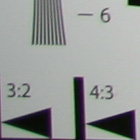 |  | 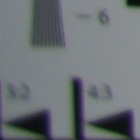 | ||
24-105mm at 24mm f4 | 24-70mm at 24mm f4 | 17-40mm at 17mm f4 | ||
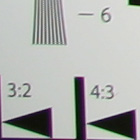 |  | 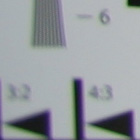 | ||
24-105mm at 24mm f5.6 | 24-70mm at 24mm f5.6 | 17-40mm at 17mm f5.6 | ||
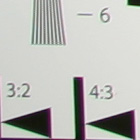 |  | 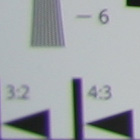 | ||
24-105mm at 24mm f8 | 24-70mm at 24mm f8 | 17-40mm at 17mm f8 | ||
Canon EF 24-105mm f/4L IS USM | Canon EF 24-70mm f/2.8L USM | Canon EF 17-40mm f/4.0L USM | ||
 |  |  | ||
f2.8 not available | 24-70mm at 70mm f2.8 | f2.8 not available | ||
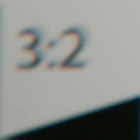 |  | 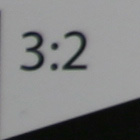 | ||
24-105mm at 105mm f4 | 24-70mm at 70mm f4 | 17-40mm at 40mm f4 | ||
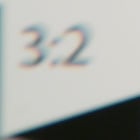 |  | 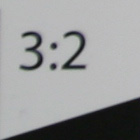 | ||
24-105mm at 105mm f5.6 | 24-70mm at 70mm f5.6 | 17-40mm at 40mm f5.6 | ||
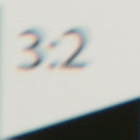 |  | 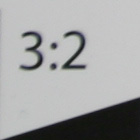 | ||
24-105mm at 105mm f8 | 24-70mm at 70mm f8 | 17-40mm at 40mm f8 |
Canon 24-105mm results continued…
Canon EF 24-105mm chromatic aberration and fringing, tested with EOS 5D
Canon EF 24-105mm f/4L IS USM | Canon EF 24-70mm f/2.8L USM | Canon EF 17-40mm f/4.0L USM | ||
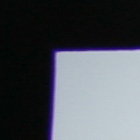 |  | 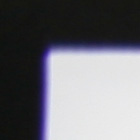 | ||
24-105mm at 24mm f4 | 24-70mm at 24mm f2.8 | 17-40mm at 17mm f4 | ||
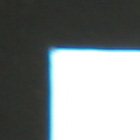 |  | 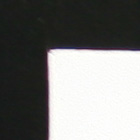 | ||
24-105mm at 105mm f4 | 24-70mm at 70mm f2.8 | 17-40mm at 40mm f4 |
Canon EF 24-105mm macro, tested with EOS 5D
To measure macro performance we photographed a chart using settings which delivered the maximum possible reproduction. The dark lines are 10mm apart. Each lens was tested with the Canon EOS-5D at f8 in Aperture Priority mode.To measure macro performance we photographed a chart using settings which delivered the maximum possible reproduction. The dark lines are 10mm apart. Each lens was tested with the Canon EOS-5D at f8 in Aperture Priority mode.
Of the three lenses, the older EF 24-70mm delivered the maximum close-up reproduction. That said, none of the three can really be described as impressive performers when it comes to macro work. In its favour though, the EF 24-105mm lens delivered a less geometrically distorted image than the EF 24-70mm when focused as close as it was able.
Canon EF 24-105mm f/4L IS USM | Canon EF 24-70mm f/2.8L USM | Canon EF 17-40mm f/4.0L USM | ||
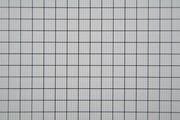 |  | 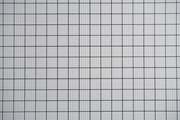 | ||
| 24-105mm at 105mm f8 Max area of 154x104mm | 24-70mm at 70mm f8 Max area of 130x90mm | 17-40mm at 40mm f8 Max area of 166x110mm |
Canon 24-105mm results continued…
Canon EF 24-105mm geometry, wide angle, tested with EOS 5D
We expect to find barrel distortion increasing with wider angles, so weren’t surprised to find the EF 17-40mm at 17mm present the highest distortion. The big surprise here though is the result from the EF 24-70mm, see center. It exhibits significantly lower barrel distortion at wide angle than the EF 24-105mm at its widest setting.
Canon EF 24-105mm f/4L IS USM | Canon EF 24-70mm f/2.8L USM | Canon EF 17-40mm f/4.0L USM | ||
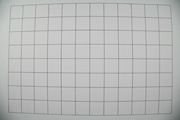 |  | 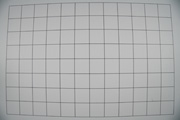 | ||
| 24-105mm at 24mm f8 Distortion: 5.29% barrel | 24-70mm at 24mm f8 Distortion: 1.86% barrel | 17-40mm at 17mm f8 Distortion: 6.39% barrel |
Canon EF 24-105mm geometry, telephoto, tested with EOS 5D
To measure geometric distortion we photographed a chart consisting of a grid pattern with perfectly straight lines. The lenses were tested at their longest focal lengths with an aperture of f8 using a Canon EOS-5D in Aperture Priority mode. The images were analysed with Imatest using 5th Order line calculation and the full areas presented here at a reduced resolution.
Zoomed-in to their longest focal lengths, the EF 24-105mm and EF 24-70mm share similar levels of pincushion distortion. The impressive result here comes from the EF 17-40mm though, which at 40mm exhibits very little geometric distortion what-so-ever.
Canon EF 24-105mm f/4L IS USM | Canon EF 24-70mm f/2.8L USM | Canon EF 17-40mm f/4.0L USM | ||
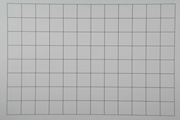 |  | 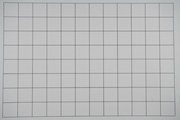 | ||
| 24-105mm at 105mm f8 Distortion: 1.62% pincushion | 24-70mm at 70mm f8 Distortion: 1.82% pincushion | 17-40mm at 40mm f8 Distortion: 0.44% pincushion |
Canon 24-105mm results
Canon EF 24-105mm uniformity, wide angle, tested with EOS 5D
All three lenses performed similarly here, with light falling off by almost two thirds by the time it reached the corners. Light fall-off is always a problem with wide-angle lenses, but particularly so for those which have to perform for a full-frame sensor or 35mm film. It’s revealing to compare these results with lenses designed for cropped sensors, such as Canon’s EF-S 17-85mm. While this may not boast a wide angle equivalent of 24mm, it still only falls off to 57.8% of the maximum by the corners. See our test results of the EF-S 17-85mm.
Canon EF 24-105mm f/4L IS USM | Canon EF 24-70mm f/2.8L USM | Canon EF 17-40mm f/4.0L USM | ||
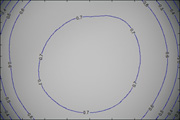 |  | 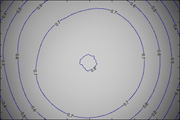 | ||
| 24-105mm at 24mm f4 Mean corner fall-off: 33.3% | 24-70mm at 24mm f2.8 Mean corner fall-off: 34.1% | 17-40mm at 17mm f4 Mean corner fall-off: 34.3% |
Canon EF 24-105mm uniformity, telephoto, tested with EOS 5D
Once again, the full-frame coverage presents a challenge to any lens, with all three scoring lower than many equivalent focal length lenses would on cropped bodies. That said, the EF 24-105mm manages to score roughly the same as the EF 24-70mm professional benchmark.To measure lens vignetting and light fall-off we photographed a white target with a highly diffused custom filter. The lenses were tested at their longest focal lengths with the aperture wide open using a Canon EOS-5D in Aperture Priority mode. The images were analysed with Imatest and the full areas presented here at a reduced resolution. Bigger percentages are better.
Canon EF 24-105mm f/4L IS USM | Canon EF 24-70mm f/2.8L USM | Canon EF 17-40mm f/4.0L USM | ||
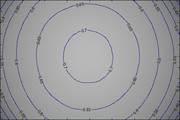 |  | 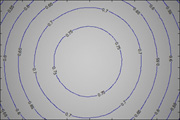 | ||
| 24-105mm at 105mm f4 Mean corner fall-off: 54.5% | 24-70mm at 70mm f2.8 Mean corner fall-off: 52% | 17-40mm at 40mm f4 Mean corner fall-off: 63.1% |



